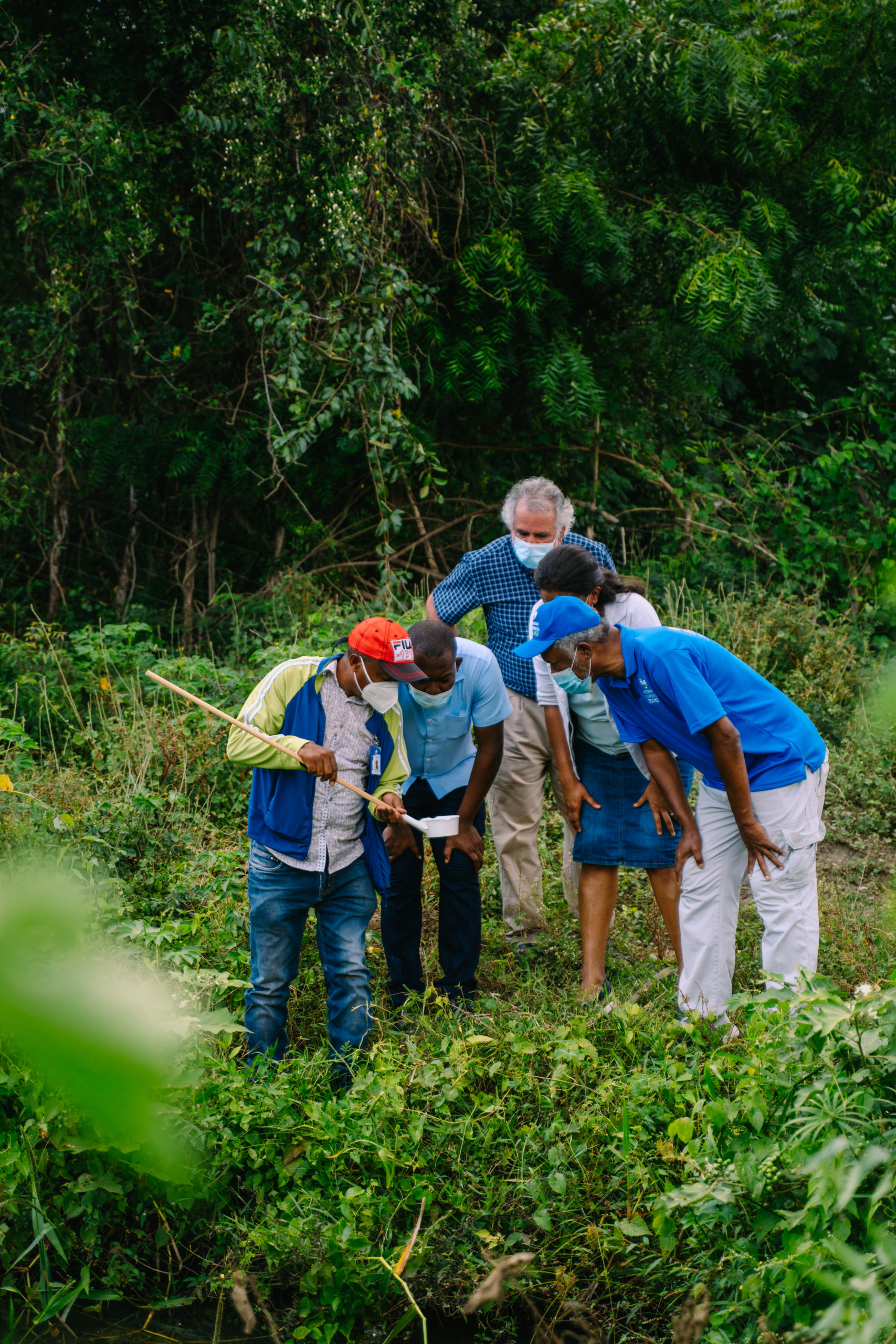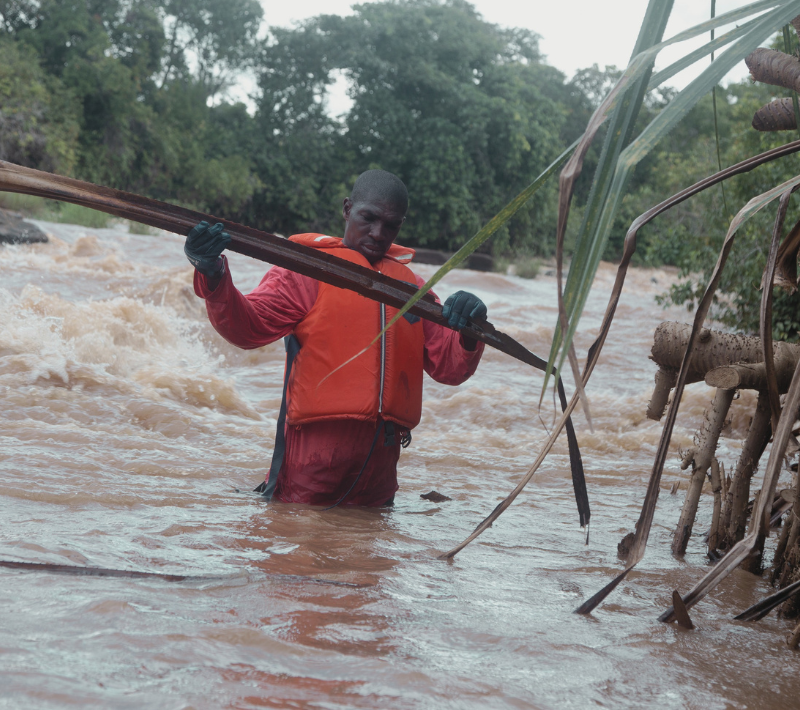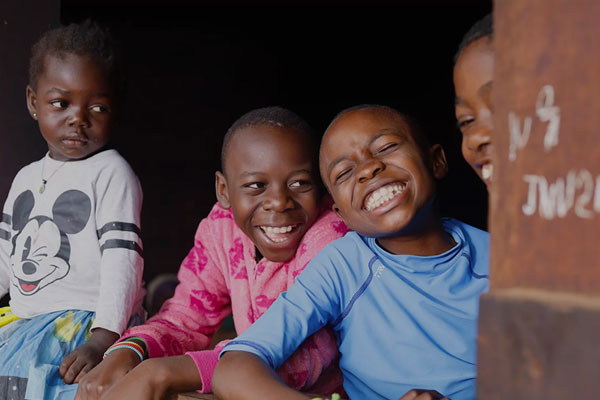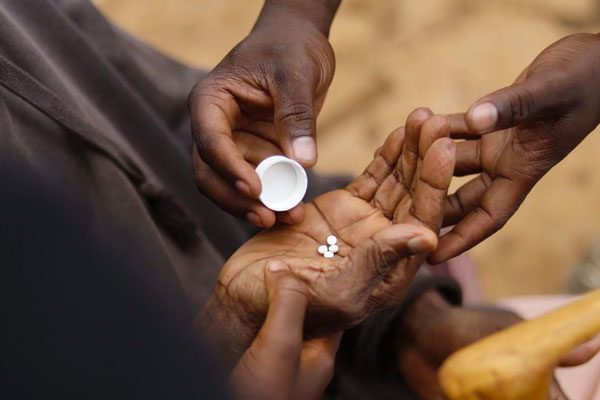Bridges to Development
In 2020, GLIDE and Bridges to Development established a partnership focused on two strategic areas in support of the organisations’ respective missions. From this work, a set of opportunities were identified to accelerate progress and overcome barriers to disease elimination and eradication programs. GLIDE and Bridges to Development identified two discrete areas of partnership with the highest potential for impact for continued collaboration.

Integrated approaches to cross-disease elimination
Together, GLIDE and Bridges to Development are advancing integrated approaches to cross-disease elimination. The COVID-19 pandemic has accelerated the need for greater programmatic efficiency, as well as better utilisation of resources, both financial and technical.
Investigating the success of certain approaches
This work with Bridges to Development is investigating where integration approaches have been more or less successful to better determine approaches for when, what and how to approach integration — and to understand when not to. The work will further develop and field-test an integration framework and will seek to leverage opportunities for knowledge-sharing, joint representation, and advocacy efforts.
Integration Approaches
In an effort to support the translation of theories about integration into practice, this work supported the development of a framework and practical, efficient process to support programmes to identify impactful and feasible win-win integration opportunities. Owned and led by the national programmes, the framework and process are designed to be a neutral starting point for the two programmes, then tailored to local context, facilitating collaboration between programmes. The process draws heavily from the experiences of the Ministry of Health (MoH) staff at sub-national and nations levels implementing the programmes. This approach was piloted via workshops in Ghana and Zanzibar, and the case studies are available for download, as well as a quick guide on how to convene a similar workshop. This partnership between GLIDE and Bridges to Development seeks to leverage opportunities for knowledge-sharing, joint representation, and advocacy efforts.
Global Elimination or Eradication Acceleration Review (GEAR) process.
GLIDE, in partnership with Bridges to Development, designed the Global Elimination or Eradication Acceleration Review (GEAR) process. The GEAR process provides the framework and tools needed to support teams to solicit and analyze feedback from across the broad community of stakeholders involved in a disease E&E program through surveys, focus groups and interviews. With the help of a disease expert group and an independent advisory group, the findings from the review process, including the identification of strengths and risks to the program reaching E&E goals, are shared back to the disease community to take forward for strategic improvement and increased impact. The purpose of the GEAR process is to ultimately improve and increase the efficiency and effectiveness of disease elimination and eradication efforts by applying an independent review and evaluation framework. The GEAR process was piloted using the global onchocerciasis program with findings shared with the community.



